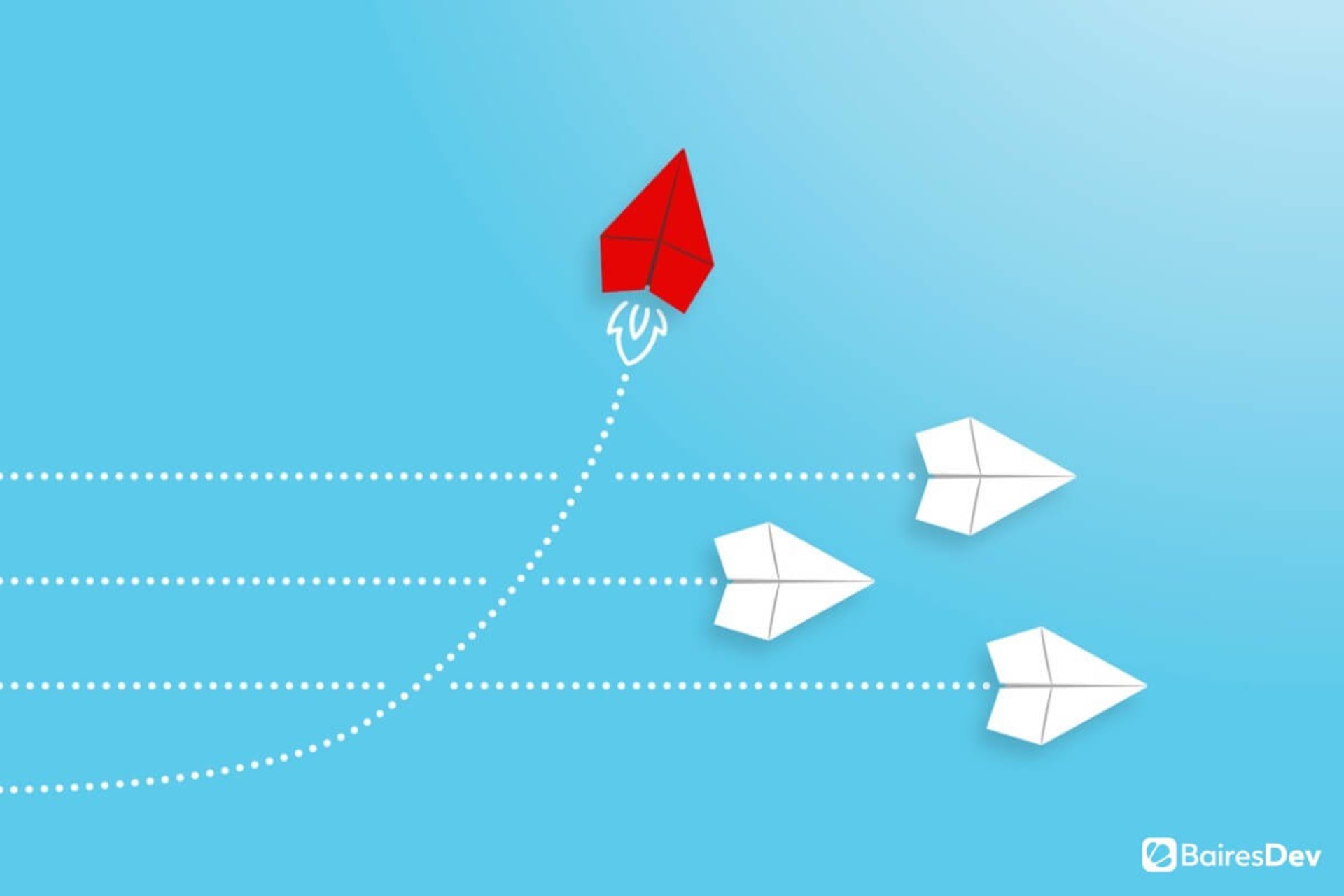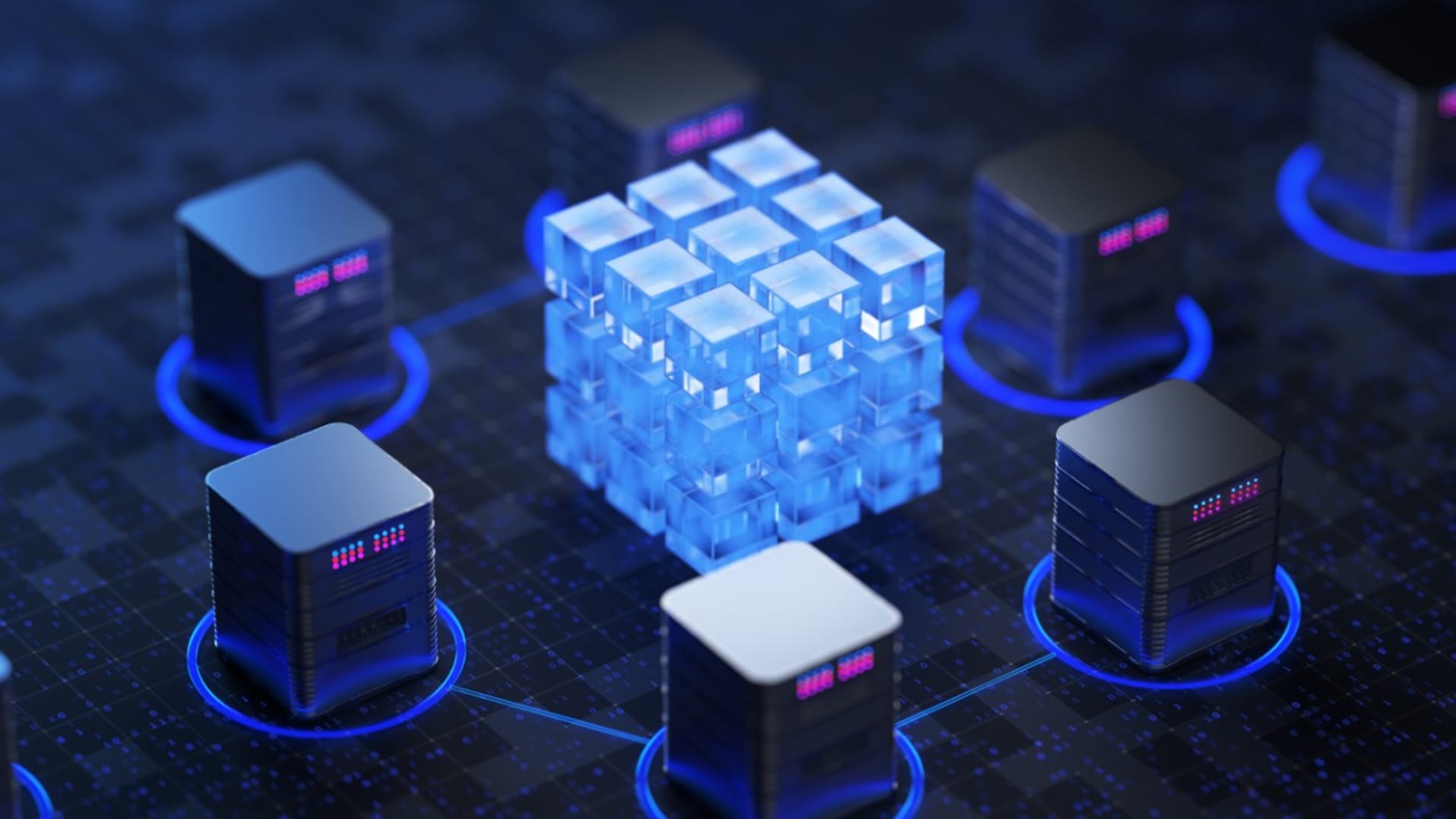This article is part of our Software Development Series, in which we take a look at the current state of the development industry. In it, we aim to discuss new paradigms, trends, and tools, as well as share recommendations and suggestions to improve software development operations and approaches to better fit current and future demands.
As has happened with virtually every activity under the sun, the software development industry has been going through numerous changes ever since the COVID-19 pandemic hit. The massive healthcare crisis and the measures aimed at containing its impact caused major disruptions in operations in software development teams across the world. The result? New ways of working and new tools to support them.
The external factors landed on top of internal software development processes, tools, and demands that were already emerging within the technology sector. Thus, the pandemic didn’t just usher in new approaches to software development—it accelerated the tendencies that were starting to pop up in the software development lifecycle.
Both the external and internal factors completely affected the way in which companies tackle software development and technology in general. Now, with the pandemic seemingly under control, it feels like the dust is starting to settle, and a new software development landscape is appearing before our eyes. And even when the focus still isn’t fully formed, it is already clear that software development in 2024 won’t look like anything we’ve seen before.
Here are some things to keep in mind.
The External Factors Reshaping Software Development
We’ve mentioned the pandemic as a big disruptor for the software development industry—it is most likely the obvious external factor influencing today’s landscape. We might be far from understanding all the consequences of COVID-19, but the clearest ones for pretty much all industries relate to the workforce and its capabilities.
Remote work might be among the most visible ones. With stay-at-home orders and social distancing measures as a common way to face the pandemic, nearly every business resorted to remote work as a way to keep some (or many) of their operations and processes running. After governments lifted the COVID-related measures, companies found out that a significant number of workers didn’t want to come back to the office. What’s more, companies themselves discovered the benefits remote work could provide them.
But that’s not all. Other pandemic-related changes include the shift in people’s attitudes toward work, mainly focused on personal aspirations and the talent shortage that deepened as a result of the Great Resignation. Basically, people have changed the way they see their relationship with work, so they are either pushing companies to adapt to their wants and needs or devoting themselves to new activities.
As if those factors weren’t enough, there are other elements influencing today’s software development context. The geopolitical threats and uncertainties (better exemplified by Russia’s war in Ukraine that affected a country that houses some of the world’s biggest development hubs) and the financial instability associated with economic phenomena both old and new (inflation, cryptocurrencies) are also redrawing the landscape.
All of these issues affect today’s software development sector, forcing tech companies (and the businesses that depend on them) to be on a continuous adaptation process to better weather the unforeseen disruptions (both major and minor) that creep up every day. Building resilience has become a must for every organization that incorporates software development processes, which means that development companies have to change their operations and strategies—and perhaps create new ones—to become more agile.
Internal Movements that Force Adaptation
The software development industry isn’t only affected by what’s happening in the world around it. Some of the changes we’re seeing today come from inside the industry itself. In fact, some of them were already emerging before the pandemic, so we’re now witnessing how they are cementing themselves as standards (or, at least, presenting themselves as serious contenders to become standards).
Perhaps the most prominent of those changes relates to citizen developers. The recent proliferation of low-code/no-code platforms is making it easier for people with 0 coding experience to build their own solutions easily. This allows companies to train non-IT staff to work on basic software that can benefit their day-to-day operations while helping them combat the talent shortage.
And since we’re mentioning it: the talent shortage has been affecting the software industry for years now and it doesn’t feel like it’s going to end soon. Highly qualified and experienced developers are very hard to find, which is why most tech companies are now investing in upskilling and reskilling programs, using outsourcing services, and even partnering with educational institutions to prepare the next generation of tech talent.
In that context, low-code/no-code platforms are very welcome, as they are a low-cost solution that can relieve more experienced developers from having to do more basic stuff. We can say the same about AI, which is now making its way into the development world. AI-powered assistants are starting to become common, and while their performance is stiff still, they are improving massively month after month. That way, AI is seeping into every development-related task, from running tests to writing the code itself.
And then you have really new phenomena, such as the appearance of DevRel, a practice that seeks to better connect with end users when they are developers themselves. Building applications for highly technical audiences has always been a challenge, which is why a lot of companies are now focusing on the things they can improve in that process. Thus, DevRel is sort of a public relations matter that seeks to better reach developers and evangelize them (even gaining some as collaborators along the way).
As if all of the above wasn’t enough, there’s the neverending evolution of programming languages, tools, and approaches that oblige developers to keep their training sharp or risk losing abilities to work in today’s highly competitive world. There are many internal factors that affect software development in 2024, so companies and software developers alike are facing massive challenges.
A Gateway to a Better Understanding of the Industry
The complexity of the current landscape is what drove us to write this series of articles about software development. At BairesDev, we do our best to stay ahead of new trends and technologies, but we know that doing that isn’t enough. We also have to share our knowledge to contribute to a better software development industry.
That’s why we’re starting this series: we aim to shed light on some of the hottest topics affecting software development in 2024. By doing so, we hope we are helping you navigate the intricacies of a sector that’s constantly changing and moving. Consider this article series as a gateway to a better understanding of the industry which, in turn, will serve you as a guide to take advantage of what today’s software industry has to offer.
More related articles on our Software Development Series.









